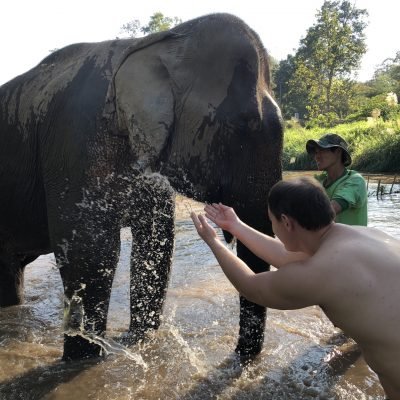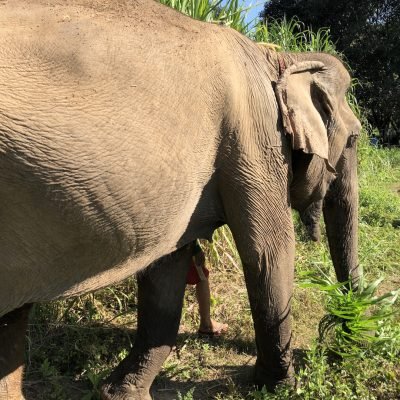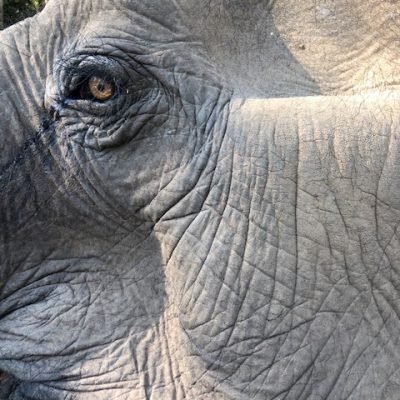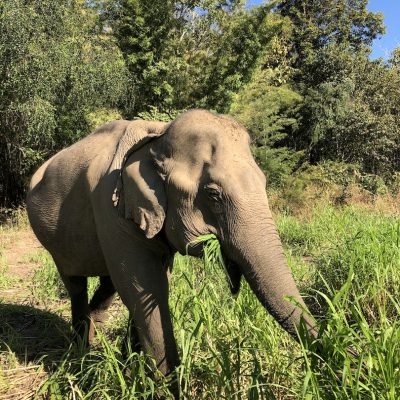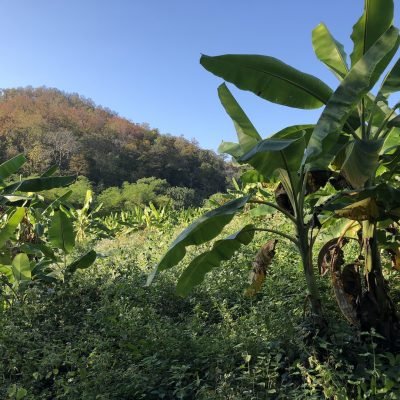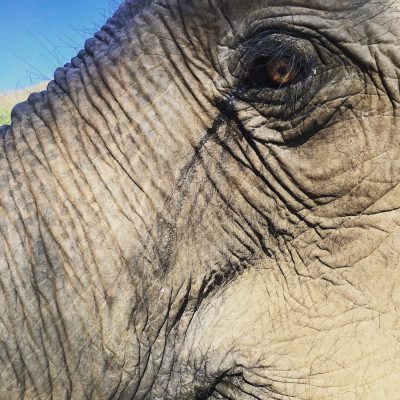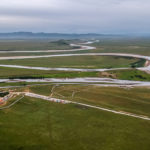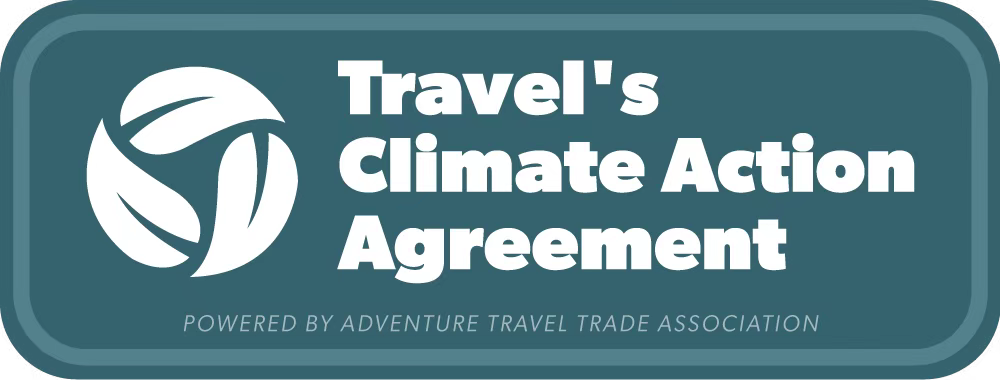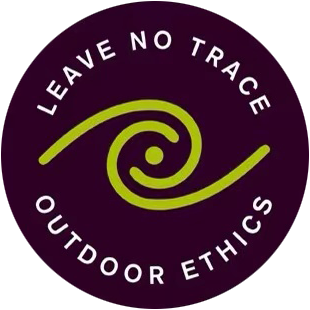Into the Heart of the Jungle from Ben Cubbage on Vimeo.
The elephant has been a major part of Thai society and a symbol of national pride for many centuries. The Thai elephant (Thai: ช้างไทย, chang ) is the official national animal of Thailand and has been used as the gift of kings and a staple of the ancient Thai army in fighting wars with invading tribes. The elephant found in Thailand is the Indian Elephant (Elephas maximus indicus), a subspecies of the Asian Elephant. In the early-1900s there were an estimated 100,000 domesticated or captive elephants in Thailand. By mid-2007 there were an estimated 3,456 domesticated elephants left in Thailand and roughly a thousand wild elephants. It became an endangered species in 1986.
There are two species of elephant: African (much larger with bigger ears) and Asian. Asian elephants are divided into four sub-species, Sri Lankan, Indian, Sumatran and Bornean.Thai elephants are classified as Indian elephants. However, Thai elephants have slight differences from other elephants of that sub-species. They are smaller, have shorter front legs, and a thicker body than their Indian counterparts. Thai elephants also have beautiful pinkish spots behind their ears.
Elephants are exclusive herbivores, consuming ripe bananas, leaves, bamboo, tree bark, and other fruits. Eating takes up 18 hours of an elephant’s day because they poop 40 minutes after eating and so they need an immense amount of food to satisfy their extreme size and constant appetite. They eat 100-200 kilograms of food per day. A cow (female) will eat 5.6 percent of her body weight per day. A bull (male) will eat 4.8 percent. Thus a 3,000 kilogram cow will consume 168 kg per day, a 4,000 kg bull 192 kg per day. As elephants can digest only 40 percent of their daily intake, the result is about 50–60 kg of excrement per Elephant per day. As elephants will not eat or sleep in unclean surroundings fouled by dung, their instinct is to roam to a new area.
With elephants being such an important part of Thai society and such a unique part of the ecosystem in general, it is important how we treat them as their numbers decrease and their native habitat rapidly disappears amidst fast-paced urbanization and development.
One of the most popular ways that foreign tourists have engaged these giants in the past 20 years has been to ride on the backs of elephants. This, of course, has offered an amazing chance for humans to get up close and personal with these intriguing and beautiful animals.
This activity has become particularly controversial in the last few years with many new brochures advertising “No Elephant Riding”. As a public outcry has emerged against Elephant mistreatment, elephant farms and sanctuaries have responded by offering more ethical experiences which involve Elephant bathing, feeding, and walking beside (rather than riding on top of) elephants. These efforts show a positive move in tourism to try to live beside nature rather than “dominating” it or “using” it for one’s own material pleasure.
I want to address two areas of concern regarding elephant abuse.
1.) Ethical Elephant Training and Care
The first area is how Elephant trainers have been treating and training their elephants. Like anything that is commercialized and sold to the public, there are very reputable and ethical Elephant camps which treat their elephants with love and respect, and there are certainly a fair share of tourism experiences that put profit ahead of the elephant’s well being. As soon as the elephant camps make money their number one goal, putting quick profits ahead of the health and needs of the elephants, these animals quickly become caged and abused and neglected. Elephant trainers may abuse their elephants in the same way a sideshow traveling circus might force their animals into submission with mean and abusive tactics and shelters that are inadequate for these normally wild animals.
No doubt, it is these places which have given Elephant tourism a bad name in the last few years. In response to the abuse of elephants, many rehabilitation camps and sanctuaries have arisen to take care of abused and neglected elephants. These rehabilitation camps are a good start to engaging ethical experiences which allow access to elephants in a sustainable and compassionate manner for the tourist.
The variety of positive and negative experiences makes it important for the tourist in Thailand to be selective and educated about which elephant camps they choose. Do your homework before you go and do not just hire some guy on the street or from the airport. Plan your elephant experience with intentionality and thought.
Here I want to address one particular issue, which is the equipment elephant trainers use.
An elephant guide is a tool that is used to teach, guide and direct an elephant. In the past, some people have called this an ankus or a bullhook. These names are outdated and do not provide an adequate explanation for the proper use of the tool. “Ankus” is a term used to describe the elephant handling tool used in many Asian countries, which is much sharper, longer, harsher, and more warlike than most modern day guide tools . The term bullhook was coined over 100 years ago by circus men who called all elephants, regardless of sex, bulls. Both the ankus and the bullhook have been associated with elephant abuse in the past and, in fact, the bullhook is now illegal in California for use in elephant training.
Elephant management has evolved a lot since then, and its tools and their uses have evolved as well. The elephant guide consists of a blunt hook mounted on one end of a plastic or wooden shaft (usually about 1 foot or a forearm’s length). The ends on the hook are tapered to a point so that the elephant can feel the pressure of the guide through their thick skin, but blunt enough so that the hook does not scratch or penetrate the skin. The design of the guide allows the elephant to be directed with either a pushing or pulling motion. The elephant guide adds a physical and visual cue to a verbal request. To train an elephant to raise its foot using an elephant guide, the keeper places the guide behind the foot. The keeper then touches the back of the foot with the guide and using only slight pressure, uses the guide to prompt the elephant to lift its foot. When the foot reaches the desired level, the elephant is praised and given a treat. Once the behavior is fully trained, the guide is no longer necessary as a visual/physical cue, as the elephant responds to the verbal request alone.
I have seen many blogs across the internet that take a photo of an elephant trainer holding this 1-foot long tool with its curved hook and they say something like, “How can you hurt the elephants with this cruel device?”
I admire their compassion for animals and their voice on the internet. There certainly are trainers who may misuse this tool in anger or abuse or misinformation and, to these trainers, the cry for justice and better practice is sound. But I asked Thom at Thom’s Elephant Camp about this device and her answer made sense to me. Whether or not you believe in spanking, as a parent you learn part of your relationship with your child is discipline and correction. A small boy left without correction would easily put himself in danger or might break things or harm others. The same is true for an elephant, except that this is a 3,000 kg animal who could easily kill a human with one move or squeeze of its trunk or one misstep of its foot. In such a precarious working environment, certainly love and relationship are the foundation of effective communication but there is a place for correction for the safety of all those involved. If the mahouts did not yield this tool, those in and around elephants (including visiting tourists) could easily be trampled. Used lovingly and wisely, I do not think it is unreasonable to use an elephant guide as a tool to navigate around the elephant’s body and to aid in training. After all, if you consider the extreme size of an elephant and the toughness of its skin, using a tool that is about as big as a paint roller is actually quite minimalistic in terms of discipline.
Many elephant experiences are offered in the Chiang Mai and Chiang Rai area as Northern Thailand offers mountains and jungles that are still fit for elephant habitats and a little more protected from the rapid urbanization of Bangkok and the beaches of Pattaya, Phuket, and While I was traveling through Pai, Northern Thailand there are a number of elephant camps available there for the many backpackers to choose from.
After some research on the internet, our group chose to go with Thom’s Elephant Camp.
First of all, let me say if you do a little research yourself on TripAdvisor you may instantly come across some negative reviews of Thom’s Elephant Camp. I read reviews that the elephants were cooped up and chained, including baby elephants who were being mistreated.
Let me refute these reviews by saying that Thom of Thom’s Elephant Camp is a 4th generation Mahout (professional elephant trainer) who he has the deepest care and veneration for her elephants. When asked if she had children, Thom laughed gently and told me, “These are my children.” After I spent the afternoon with Thom, I knew she was not just giving me a pat answer; Elephant Care was the central truth and the very axis of rotation of her life. Thom has established her Elephant Camp in Pai over 20 years ago and todays has 3 very healthy and happy girl elephants who are all 25, 35, and 54 years old respectively (elephants often live to 70 years old in captivity). Among her 3 “children” none of these elephants were attached to a chain and they all slept in the wild jungle at night and often freely roamed around a massive, uninhabited Jungle. And there were no baby elephants.
I believe the negative reviews were written by a well meaning but confused tourist who mistook the unsigned copycat (and much newer) Camp across the street for Thom’s Elephant Camp. This Camp, just 20 feet away from Thom’s, does, in fact, chain their elephants and does allow tourists to ride on a metal cage on the back of their Asian Elephants, parading for a few minutes down the local paved street in a very unnatural environment. So it would be easy to mistake the two establishments and confuse Thom’s for another less ethical business.
The other possibility is that Thom’s reputation is being incorrectly attacked by jealous businesses who stand to gain a share of Thom’s well established market. Competing businesses have been known to write falsely negative reviews on TripAdvisor (and other travel review sites) to discourage business in their competion. With the increase in web-based reviews, there is better access to decentralized knowledge on the web for better researched travel and this information has greatly empowered the discerning traveler with far better choices. However, the popularity and dependence on web-based reviews has also opened the door for unethical and dirty practices, equivalent to presidential election smear campaigns, in corners of the tourist market. While this is not a certainty regarding the negatively biased reviews of Thom’s, I will say it is not terribly difficultly to create a fake email address and TripAdvisor account to say nasty things against rival businesses. Thom herself had her own very good reasons to suspect such malicious activity and I told her it was a shame that likeminded businesses could not collaborate to better a community rather than greedily competing as if there was not enough to go around for everyone.
Wherever the negative reviews come from, it is evident they are hurting Thom’s business.
Once the first elephant Camp in Pai, Thom has lost a good deal of her once-thriving business because a handful of errant reviews.
As an unpaid plug for those looking for an elephant experience in Thailand and as an advocate for all ethical community-based tourism, I could not more highly recommend Thom, both as a person and as an experienced trainer.
Thom spent all afternoon with us explaining elephant habitats, life span, and gestation while we walked beside the 54 year old elephant in an open jungle and watched her tear down entire banana trees to get the juicy pulp out the fiber of the large tree. After washing the elephant in the river and feeding her bananas, Thom took us to a local hot spring and sat with us as we cooled off with a drink with a cool breeze under an umbrella.
We stayed the night in a very affordable bungalow on Thom’s property. The next morning Thom took time out of her busy schedule in managing the elephant Camp to eat breakfast with us and teach us more in her sweet, informal, hospitable way about life as an elephant trainer.
Although Thom does allow for riding on top of an elephant with only a blanket, our group never once got on top of the elephant.
2.) Riding Elephants
This brings us our second area of concern: specifically whether or not humans should ride elephants as a tourist experience.
Let me address this question with some pure math.
An average full grown female elephant might weigh about 3000 kg or 6,614 pounds.
If an average female human, around 30 years old, is about 68kg or 150 pounds is riding an elephant then that elephant is carrying about 2% of its weight on its back.
Comparatively, this might be the equivalent of that same 68 kg (150 pound) female carrying a very small, totally compressible 1.5kg (3 pound) backpack on her back with a bottle of water and a rain jacket.
That amount of weight seems pretty manageable to carry for most females.
In fact, most female travelers easily carry a purse or a backpack that weighs much more than that bare bones simple backpack and they do it happily and comfortably all day long.
So the issue of riding an elephant is certainly not an issue of weight.
The human can ride an elephant as easily as a sparrow would ride on the human’s shoulder.
The problem comes when you put an uncomfortable, rigid metal cage on the elephants’s back and make it walk around in repetitive, endless circles day after day while carrying that same 68 kg human. Suddenly the comparably small weight creates physical friction, abrasion, and irritation, not to say anything of the emotional stress from living as a prisoner under cruel human rule.
So, really, it is not just riding the elephant that presents the difficulty but how you do it.
It is about the mentality of the trainer and the tourist.
Are we treating the elephant with the dignity it deserves as an intelligent, feeling being or are we using it for an Instagram selfie snapshot for our own “fame”?
At Thom’s even those who ride the elephant bareback (without a wire frame seat) are seeking a connection and a mutual relationship with the elephant rather than a singular moment or a picture. This idea of relationship with the elephant being central to the entire process is Thom’s heart in keeping her elephants and I hope that whatever elephant experience you find yourself at in Thailand represents this same positive ideal.
